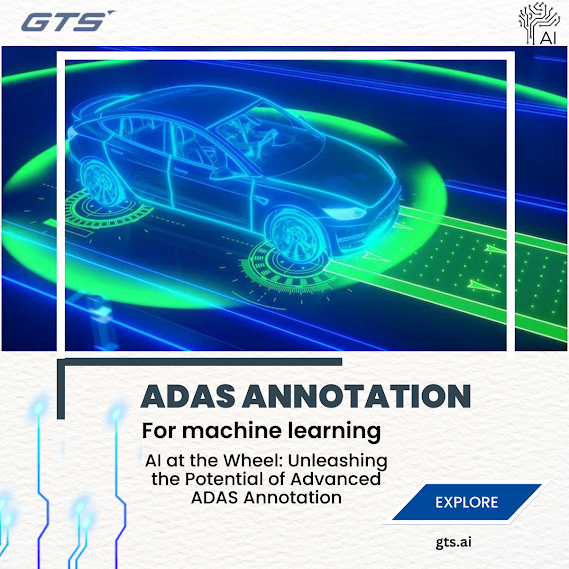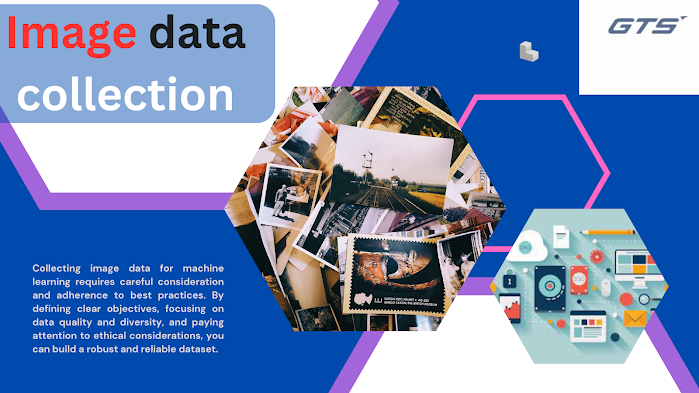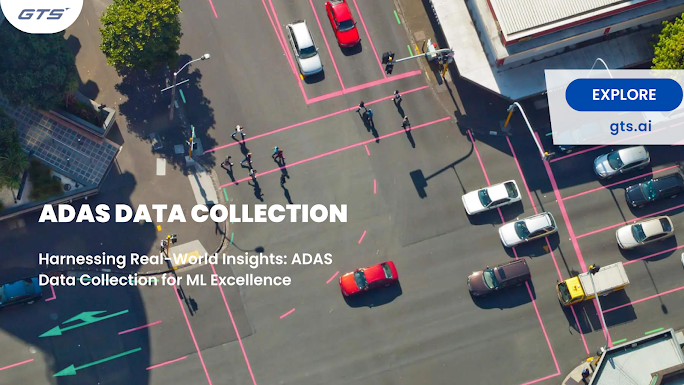
Enhance Your ML Models with Proper Text Collection Techniques Introduction: Machine learning (ML) models have revolutionized various industries by providing valuable insights and predictions. However, the performance and accuracy of ML models heavily rely on the quality of the data used for training. When it comes to text-based models, collecting and preprocessing textual data is a crucial step in the pipeline. In this blog post, we will explore the significance of proper Text collection techniques and how they can enhance your ML models. What is the best ML technique for text classification? There is no one-size-fits-all answer to the question of the best machine learning technique for text classification because the choice depends on various factors such as the size and quality of the dataset, the complexity of the problem, and the available computational resources. However, several popular ML techniques have proven to be effective for text classification tasks. Here are a few commo


.png)
.png)
.png)
.png)
.png)





